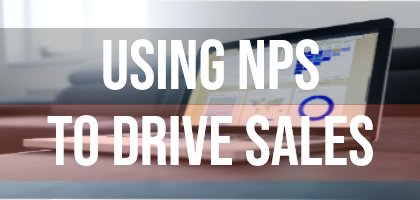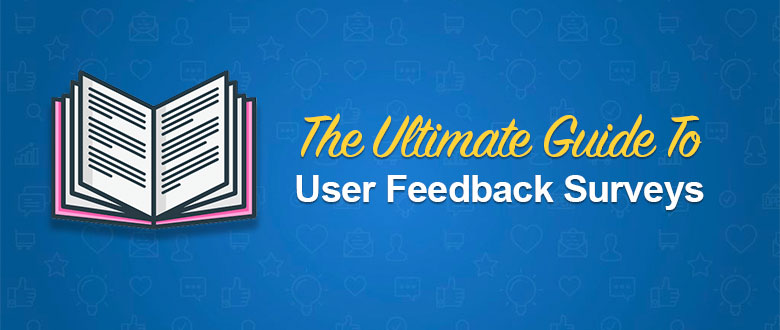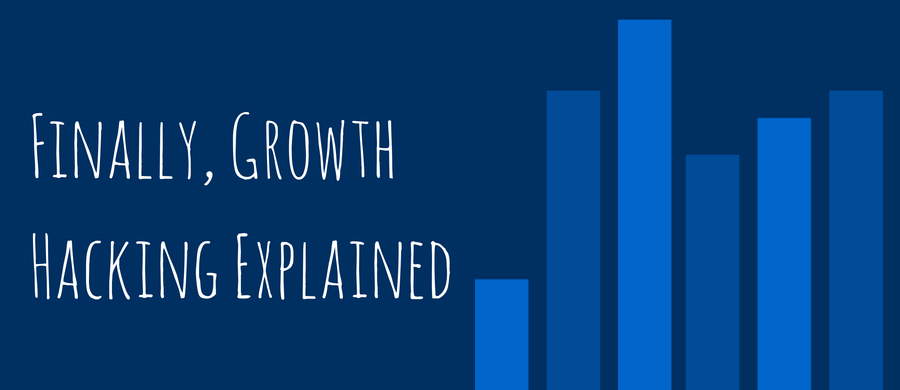One of the biggest struggles with marketers is coming up with new growth hacks that work. Marketers and entrepreneurs spend their entire workday coming up with new ideas to test.
Unfortunately, most of these tests just don’t provide the results that the companies want to see. You read about a growth hacks that work for other companies, but the truth is that the same growth hack probably won’t work for your business.
So instead of wasting time and resources coming up with new growth hacks and testing them, why not talk to your customers to figure out the next marketing strategy that you can try?
The sad truth? Too many entrepreneurs and marketers are stuck in their own world and spend too much time analyzing data. Data is awesome and it can give you powerful insights on what your customers are doing. But data – well, it’s data. It’s almost like we’ve focused so much on being data-driven that we’ve forgotten about being customer-driven. But actually talking to your customers will trump most other efforts.
Survey Questions to Ask Your Customers
You need to understand what your customers want. You need to actually hear their pain. And see their frustrations and challenges. Then use their voice/feedback as data to come up with your next growth hacks.
Knowtify’s Example
In our previous blog post, “4 Scalable Ways to Get Feedback From New Users With Examples”, we showed an example of how Knowtify was building features and coming up with marketing strategies for that new feature that customers didn’t really want. The team thought that was what the customer wanted. But it wasn’t! So they wasted a lot of time and resources just to realize that all their marketing spent was going to the wrong place!
To resolve this, Knowtify decided to talk to their customers. They created a survey to break down the true reasons the customers were using the platform for. They chose to do this by creating a simple survey that asks the following questions:
- What is your job role?
- Are you interested in using Knowtify for transactional emails?
- Are you interested in behavioral emails?
- Are you interested in the Daily digest?
- Are you interested in Knowtify’s announcements?
Their survey looked like this:
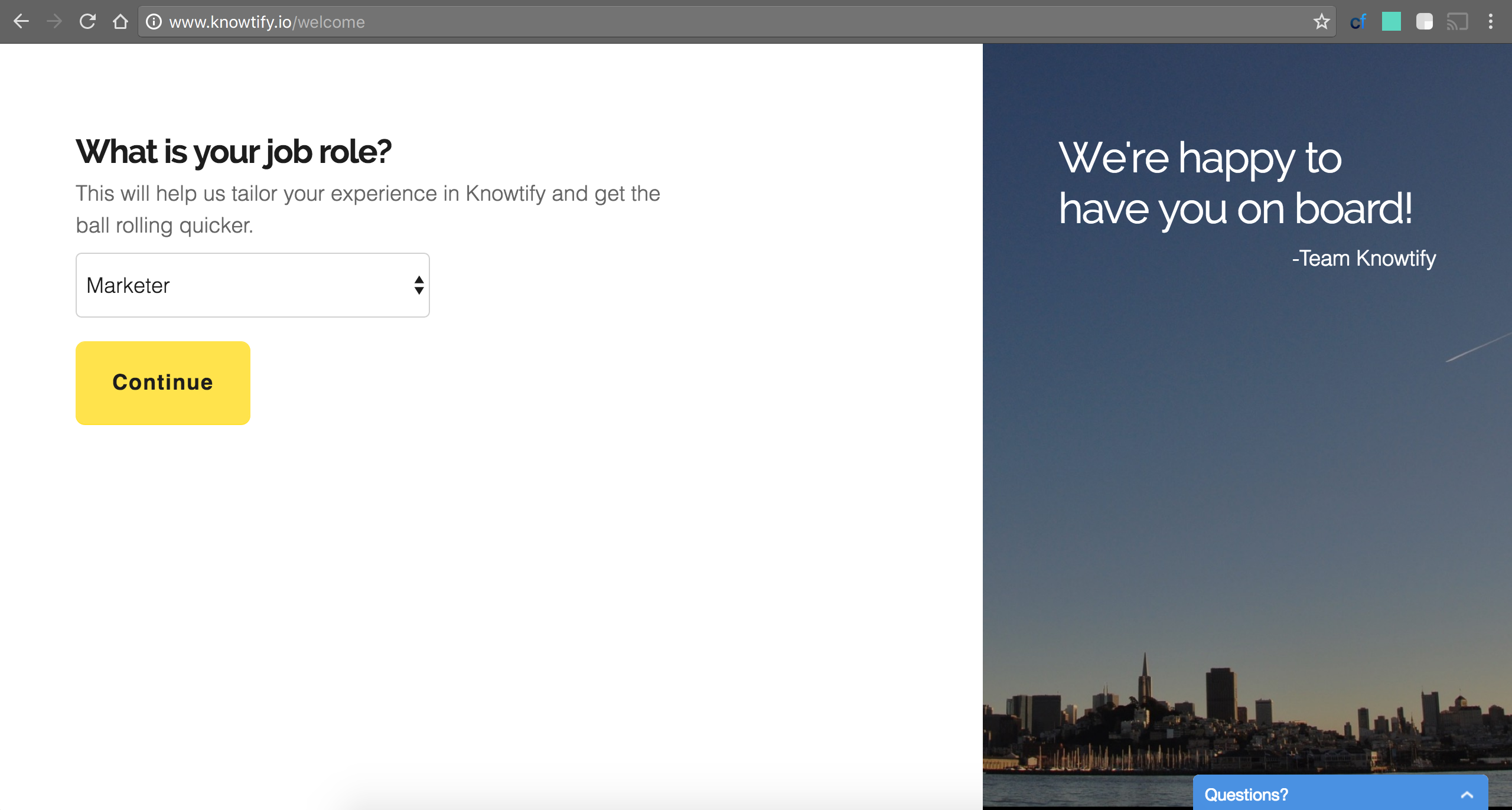
And their results looked like this:
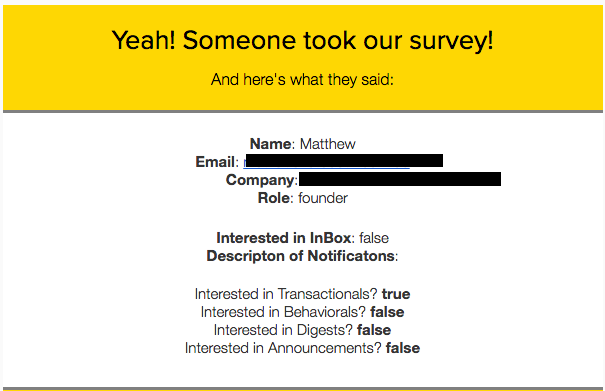
This was tremendously helpful — it allowed Knowtify to know which use-cases new sign ups were excited and their role in their company. Using this feedback they were able to:
- Figure out what new users hoped to do with our product
- Who we should market or sell our solution to
- Provide better support to new sign ups
Parsehub Example
Parsehub is another perfect example that talked to their early customers to find out new marketing strategies and how to perfect their product. They mentioned that they spent over 50 hours talking to their customers and running user test to find discover new growth hacks in their post, “How we got our first 10 paying SaaS customers”.
These were the questions that they asked:
- “What web scraping techniques and tools did you try?”
- “What did you like/dislike about the things you’ve tried?”
- “What kind of websites do you want to get data from?”
- “What do you need the data for?”
- “Is this data essential to your business?”
“We focused only on solving the customer’s problem. For example, if they had difficulty extracting data from a website with a popup, we made sure that ParseHub could take care of that.” – Parsehub
Interviewing and talking to their customers allowed them to come up with new growth hacks and provide a solution that their potential customers actually wanted.
Questions to ask to come up with new growth hacks
Okay, by now you should understand the importance of talking to your customers and listening to their feedback. Now you might think, the questions shown in the examples above works for their business, but what are some general questions that you could ask your customers that works for most startups and businesses? No worries, we’ll be covering a few of them here.
Where did you hear about us?
We A/B test our onboarding email survey questions a lot, but this is one of the questions that we always ask in our onboarding emails. Our welcome/onboarding email looks like this:
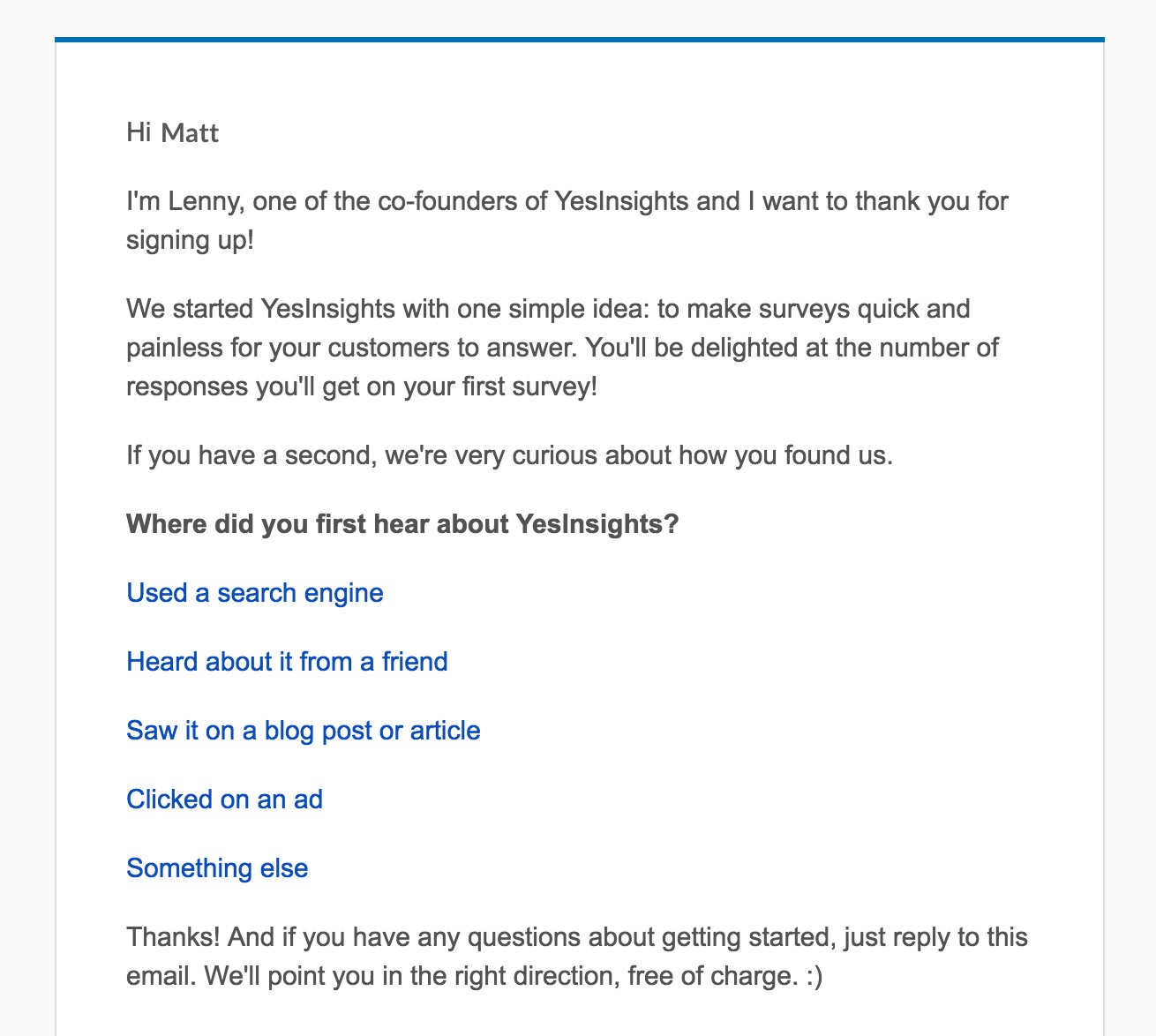
This is a super powerful question to ask all your customers. This question will help you find out what your most effective marketing channel is.
You can see your customer’s referral path with any analytic tool, but that only tells you the LAST site they visited prior to yours. By asking this question instead, you may discover that your customer heard about your product from a podcast they listened to last month, or that a speaker at a popular conference mentioned you.
We created this survey through our own product YesInsights and embedded it within our Intercom support platform for drip and welcoming emails. With YesInsights, we’re able to navigate to our analytic dashboard and view all the results in one place.
Let’s say that we see that most users clicked on the “Heard about it from a friend” response. We now know that we can find more growth hacks related to viral or word of mouth marketing. People finding us through a friend makes us ask ourselves the question: “How do we get more people to share our content with their friends.” Should we create a referral/affiliate program? What are some influencer marketing hubs that we can leverage to get more shares? Should we start asking our customers to share our educational content? With that in mind, we can focus on more sustainable growth hacks that we can test.
What are you hoping to accomplish with us?
This question is used to discover your customers’ various use-cases as well as find out how they perceive your value. This is highly helpful to guide products on which features to prioritize, improve your marketing message, or help you sell to your customer by understanding their intentions.
One of the biggest problems that we come across is that anyone can use our platform. By that, we mean that marketers, product managers, founders, customer success, and anybody else like a regular blogger can benefit from a customer feedback survey tool. This might sound like a good problem to have, but in reality, it’s extremely difficult for us to come up with the correct marketing strategy to push out.
By asking this question, we’re able to narrow down what people are actually using our product for. For instance, we might be able to find out that most of our users use us for our NPS survey. Now we know that NPS is a market we should go after and that we might want to create a mini-course on NPS or write more blog posts related to Net Promoter Score.
What is your job title?
As we mentioned above, our product works for everyone. To narrow our ideal customer profile down some more, we need to know who is signing up for our product. This question allows us to figure out if we have been able to attract the right people in our target audience. Or if are we attracting a bunch of people that don’t match our goals.
If we find out that most people that are using our product are product managers, we can search up more resources on product management. Then create lead magnets or content that product managers are willing to share and read.
What is your single biggest challenge you are struggling with?
The goal here is to segment your leads into a few different buckets based on their use-case or features they’ll find most valuable. With this information, you can then personalize your marketing.
People are notoriously bad at imagining what they want until they see it. They are, however, good at telling you to want they DON’T want. So you’ll get much more informative responses by asking about their biggest challenge. Which is basically the thing they DON’T want to do. You can then interpret their response into features they’ll use.
This is the part where you want to really get into your customer’s heads and feel their passion for your product. You are aiming to find out people’s pain points. This helps us generate blog ideas, guide our product roadmap, and further understand the motivations of our target audience.
Need More Question Ideas? Snag Our 100 Questions eBook For Free Below
What’s the single biggest reason why you haven’t you bought/subscribed yet?
If a lead is far along your drip campaign and still hasn’t converted yet, this is a great question to uncover what objections they might have. You can then use this information to convert these leads and tweak your marketing message to address these objections earlier in the funnel for future leads.
Be aware that this is a ‘hot’ question and most people will find it difficult to answer if asked directly. Make the content light-hearted or funny to get around this. Ryan Levesque, the author of Ask, likes to jokingly lead with ‘Do you hate me?’
What communities are you a part of?
We like to think of this question as the jackpot question for discovering new growth hacks or targeting a new growth channel. It’s frequently repeated that quality content is the first step to success in content marketing. But most people don’t talk about where and how to promote your content. Everyone does the typical Reddit, Hackernews, Growth Hacker, Twitter etc., but what about those smaller communities where your audience might be.
With this question, you should be able to find out where the majority of your users are hanging out. Once you know where most of them are located, you can jump into conversations and subtly promote your product. Those are the type of people that are most likely going to be signing up and paying for your product.
What content are you most interested in reading?
A big part of marketing in both the B2B and B2C space is creating awesome and compelling content. The thing that most content marketers struggle with is knowing what to write and which type of content they should choose. We did a quick Q&A with Hiten Shah on using customer feedback to improve your content marketing here.
With this question, you want to narrow down the topic and the type of content that your audience enjoys the most. For example, your audience might love checklist or they might love e-books. Instead of guessing, you can survey them to figure out which content you should be pushing out next.
Conclusion
You should be set to get started surveying your customers if you made it this far. Get creative with the questions you are asking! Personality goes a long way for developing relationships with your customers. Monitor the responses and adjust the questions based on your product and your product’s needs.
One of the biggest reasons why surveys receive a low response rate is because you’re not asking the correct questions. Opening up with solid open ended questions and providing the responses for your users will allow you to receive a much higher response and engagement rate. Make sure you’re always talking to your customers and getting their feedback. A good practice is incorporating surveys within your funnel to actively engage with your customers.
Another great way to come up with survey questions is by brainstorming it with your marketing team. We like to keep track of everything with Trello, but that’s fully up to you.

